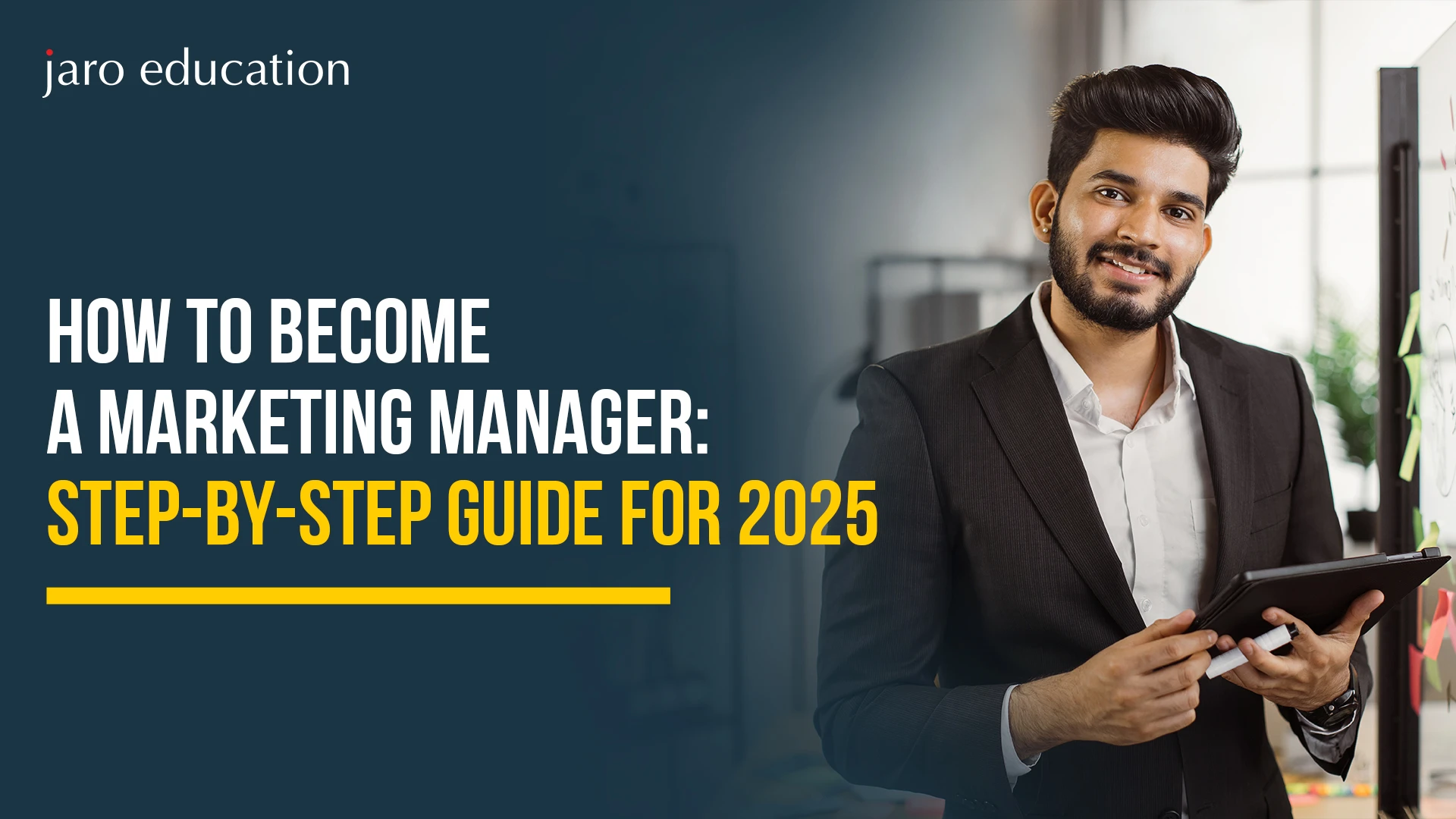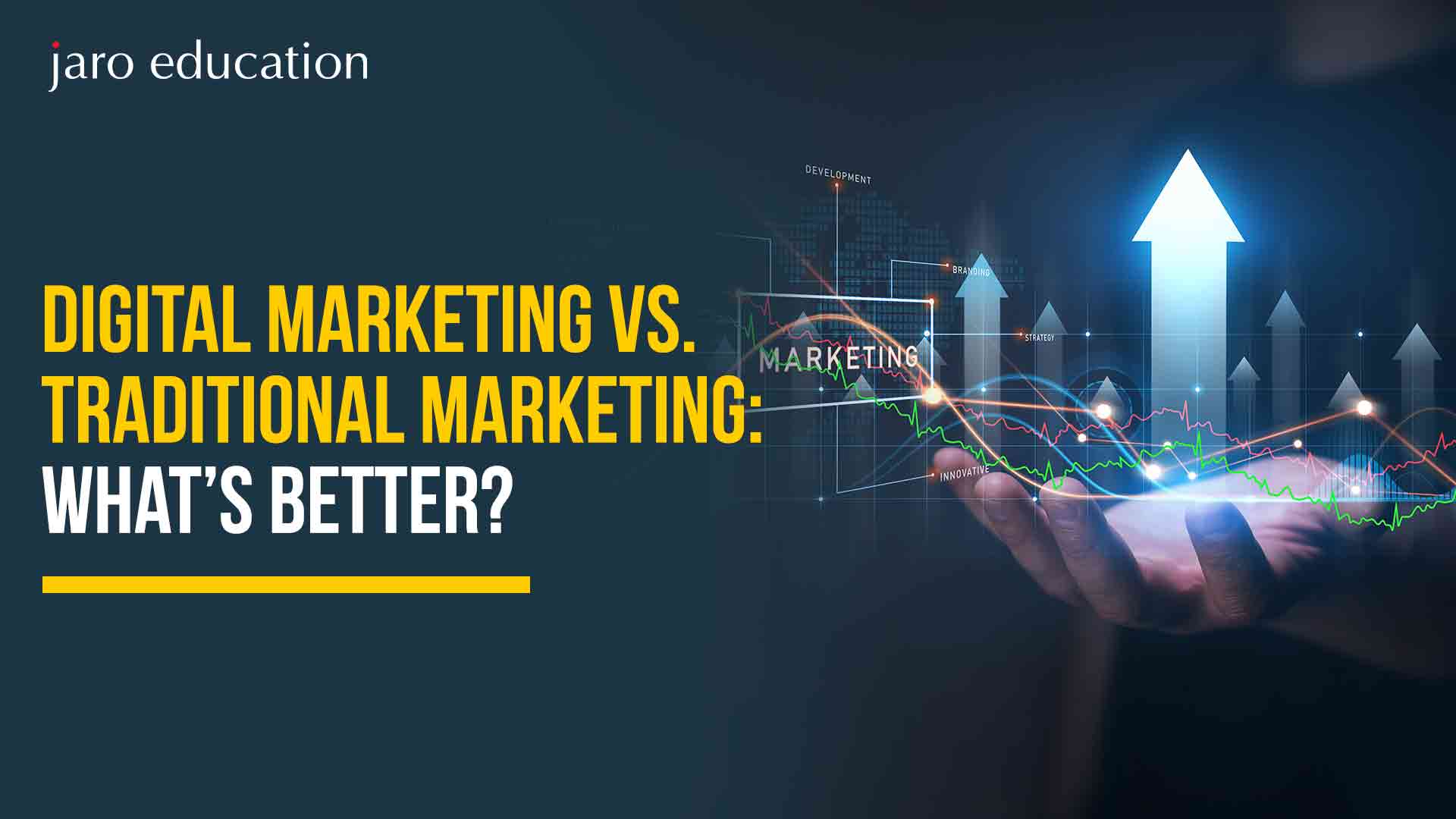How to Run Facebook Ad Campaign: Step-by-Step Beginner’s Guide
Table of Contents
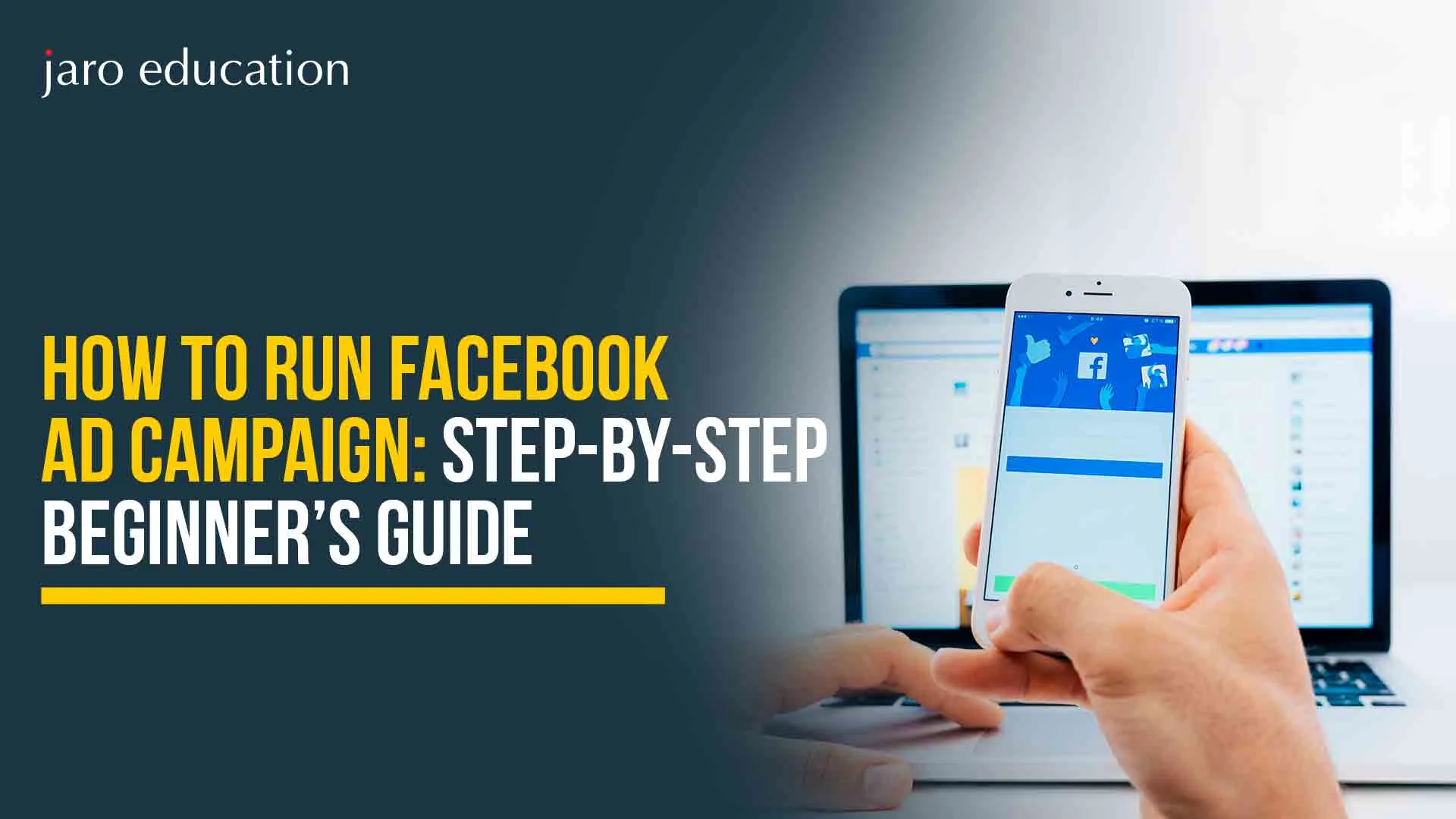
Facebook (FB) is one of the most popular social media marketing platforms, with a massive user base. Most businesses rely on Facebook to promote their campaigns, engage with audiences, and manage traffic, making it an essential platform for their strategies.
Now, you must be wondering how to run your Facebook ad campaign. Running an effective Facebook ad campaign requires a strategic approach, including continuous market research, A/B testing to optimise campaigns, and tracking crucial metrics to measure success. This ensures you reach a large audience with the most engaging ad variations, boosting your return on investment. This guide explains how to set up a Facebook ad campaign’, along with a step-by-step process. So, let’s get started!
What is a Facebook Ad Campaign?
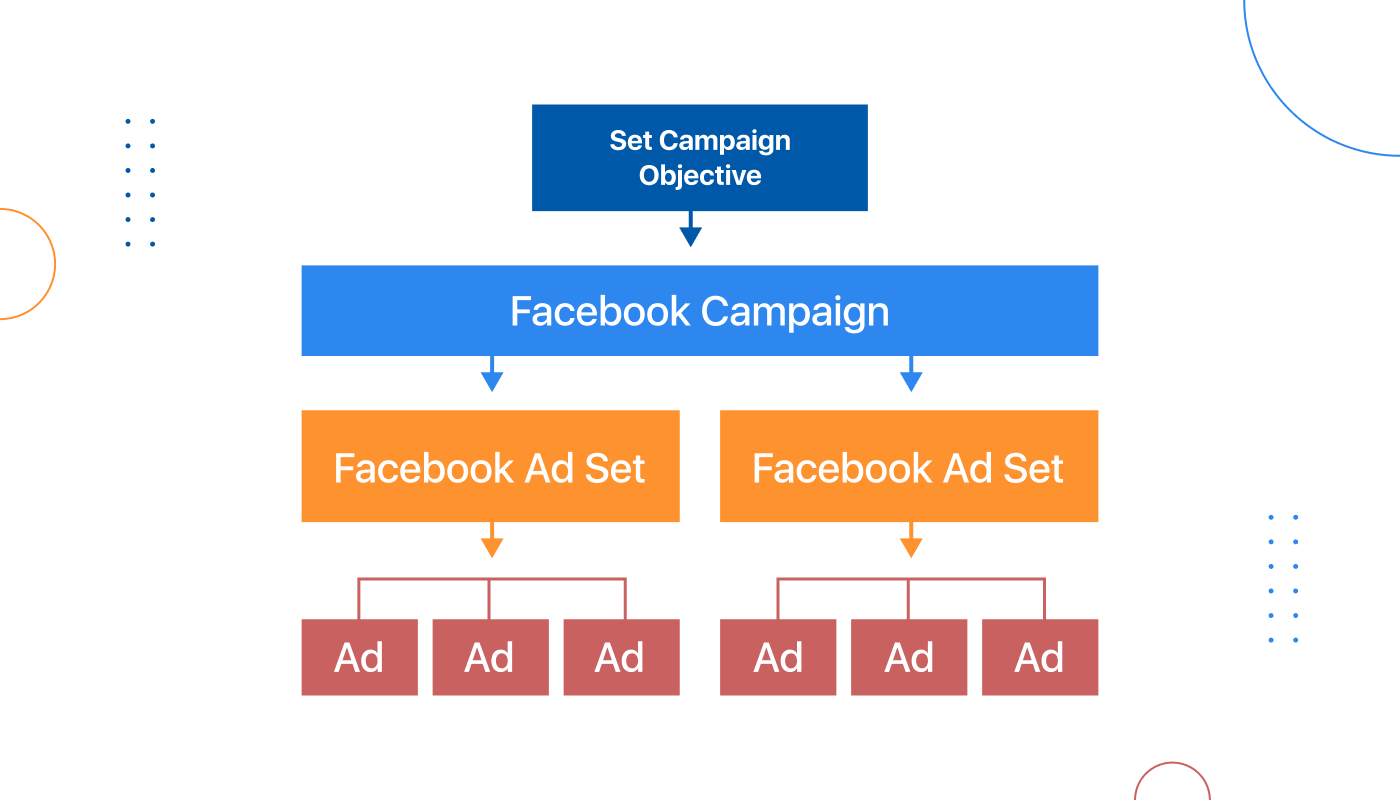
*wpmet.com
A Facebook ad campaign is a strategic approach that is designed to run advertising on Facebook and Instagram, where businesses pay to promote their content or services. This allows marketers to create FB ads and manage them on the Facebook platform, enhancing brand visibility and engagement. Moreover, businesses can use specific demographics, interests, and behaviours, ensuring their ads reach the most relevant users with the right message.
While anyone can post on Facebook, the Facebook Ads Manager campaign enables businesses to use specific audience targeting with their advertisements. This feature ensures that their ads reach the right people, which in turn improves engagement and better conversion rates. There are various targeting options on Facebook, including:
- Custom Audiences: You can target audiences based on existing customer data, like email lists and previously engaged with your content.
- Lookalike Audiences: This involves targeting similar audiences to those in your existing customer base.
- Location Targeting Audiences: You can target audiences by showing ads to them based on their location.
- Detailed Targeting Audiences: This option helps you reach audiences based on interests, behaviours, and other demographic factors.
Types of Facebook Ads
Facebook offers several types of ads, each with unique features and benefits for targeting specific audiences and achieving various marketing goals. So, let’s look at different types of Facebook ads:
Image Ads
Image ads are simple and effective ads for Facebook advertising. You can use a single image to promote your brand, products, or services. You can create FB ads directly from your page, which typically appear in the news feed, stories, and other locations. This Facebook ad is ideal for managing brand awareness, promoting new products, or encouraging website traffic.
Video Ads
This type of Facebook ad uses video content to draw attention and tell captivating stories. This is available in various formats, including in-stream ads (within videos), stories, and the news feed. Video ads are ideal for engaging targeted audiences, representing product features, or sharing brand messages.
Carousel Ads
This type of Facebook ad allows you to add multiple images or videos in a single ad. This enables audiences to explore different products or services of your brand. It generally appears in the news feed, stories, and other locations on the social media platform. This type of FB ad is excellent for showing a range of products, telling a story, or presenting a multi-step offer.
Slideshow Ads
In this type of Facebook ad, you can create video-like ads using still images and text to tell a story, offering an engaging experience. They are designed to be lightweight and play well across different devices and internet speeds. These videos usually appear in various locations, including the news feed and stories. This type of FB ad is suitable for businesses with limited video resources or those looking to showcase their products or services in a dynamic way.
Collection Ads
Collection Facebook ads allow audiences to browse and purchase products directly within the ad, providing an all-in-one shopping experience. These ads are primarily mobile-exclusive and typically appear in the news feed and stories. This type of FB ad is ideal for e-commerce businesses looking to manage sales and promote quick purchases.
Instant Experience Ads
Formerly known as Canvas ads on Facebook, Instant Experience ads offer a full-screen, highly immersive experience, allowing users to create a rich and engaging ad.
How to Run a Facebook Ad Campaign
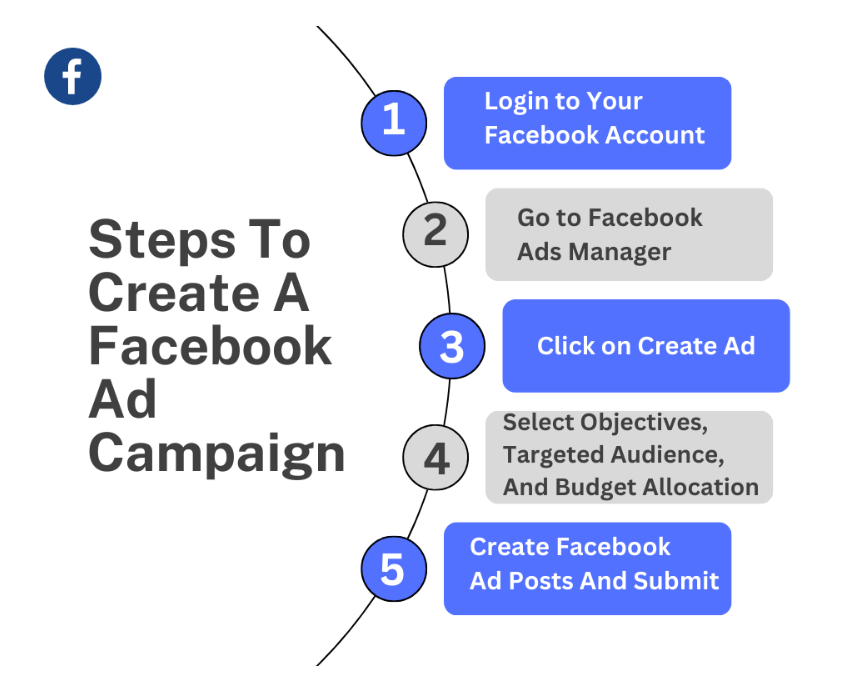
*vproxpertz.com
Step 1: Create a Facebook Ads Manager Account
To run a Facebook Ads Manager campaign, you need to create a Facebook business page if you don’t have one. Remember, Facebook ads cannot be placed through a personal account.
The steps to create your Facebook Ads Manager account are as follows:
- Select “Go to Ads Manager.”
- Provide the required information and confirm.
- Fill in your payment details.
- Save your changes.
- The Facebook Ads Manager account is now set up for your campaign.
Step 2: Start creating a new Facebook Ads Manager Campaign
After logging into the Ads Manager, you will see a dashboard where you can manage your campaigns. The dashboard will be empty if you are new to the Ads Manager account or have never created an ad.
To create a new Facebook ad campaign, choose the type of ad you want to create. Click the “Create” button.
Step 3: Choose an Objective
Facebook Ads Manager is designed to help you select a campaign objective. Ads Manager will allow you to choose an objective from a pre-established list. From brand awareness to increased website traffic, the list may include anything.
Objective Examples on Facebook:
- Brand Awareness
- Reach
- Traffic
- App Installs
- Conversions
Step 4: Name Your Facebook Ad Campaign
In this step, you need to provide the name of your Facebook ad campaign. Choose the name that reflects your business and campaign goals, making it easy to understand at a glance.
Step 5: Choose Your Special Ad Category
Facebook introduced a ‘special ad category’ to restrict audiences for certain ad types to prevent discrimination. It is considered a good approach to avoid age and gender-based discrimination.
Categories included under the special ad category are:
- Housing
- Employment
- Credit
- Financial Products or Services
Step 6: Choose A/B Split Testing
The A/B split testing is a helpful method for ad campaigns to choose the right version of your ad. It allows you to compare two versions of an ad to determine which one is more effective.
Step 7: Set Performance Goals
After creating an ad campaign, the next step is to set your performance goals. These goals outline the desired outcomes of your campaign and optimise your ads. Setting the right performance goal for your campaign ensures that you have effectively targeted your ads and that the ad delivery system focuses on the desired results.
Step 8: Choose Your Budget and Schedule
Facebook allows you to choose whether you want to set a daily budget or a lifetime budget for your ad campaign. Determine how much you want to spend on your campaign and when you want it to run.
If you choose the daily budget option, then you can run your ad throughout the day. For this, Facebook will try to pace your spending per day. However, with a lifetime budget, you can run your ad for the specified time. And Facebook will try to pace your spending over the period.
Facebook also offers additional options to control your budget. Researching more about the budget and schedule can help you increase your ad campaigns.
Step 9: Select Your Ad Placement
Different ad placements may lead to different conversion rates, and the ideal placements usually depend on the specific ad campaign objective.
Facebook has Meta’s AI-powered Advantage+ placement tool that aims to maximise your ad reach and performance. This means the AI-powered placement tool will automatically place your ads across the places where they are most likely to be seen and engaged with, increasing reach and minimising costs per result.
However, Facebook allows you to choose your ad placement manually. For this, you can use the “Manual Placements” option within the Meta Ads Manager and select or deselect specific placements.
Step 10: Create Your Facebook Ad
In this step, you can develop compelling and engaging ad content that includes attractive visuals, convincing copy, and a clear call to action.
There are six Facebook ad formats to choose from that work on any device. You can select an ad format that suits your content and target audience. These ad formats include image, video, carousel, slideshow, collection and Instant Experience. In addition, Facebook offers targeting options for specific connection speeds, allowing optimised ad delivery based on network conditions.
Step 11: Monitor Your Facebook Ad Campaign
In this step, it’s essential to track your ad’s performance to see its results, what’s working and what’s not.
To improve your results, you can adjust your ad campaign settings, including:
- Performance – You can customise it to track results, reach, frequency, and impressions.
- Engagement – It can be customised to track page likes, engagement, and posts.
- Videos – You can modify to include metrics, such as video views and the average percentage of viewed video.
- Website – It can be modified to include metrics like website actions, checkouts, payment details, purchases, and cart-adds.
- Apps – You can customise to track app installs, app engagement, and mobile app actions.
- Events – Modify it to monitor event responses and cost per event response.
- Clicks – Customise it to track the total number of clicks, unique clicks, CTR (click-through rate), and CPC (cost per click).
- Settings – You can modify it to assess information like start date, end date, ad set name, ad ID, delivery, and objective.
Step 12: Report on Facebook for Your Ad Performance
To report on Facebook for your ad performance, follow the steps below:
- Navigate to Facebook Ads Manager
- Access Ads Reporting
- Choose to create a custom report or select a pre-made template
- Choose a report layout
- Save your report for your future use
- Schedule reports to be emailed to you or your team.
Benefits of Facebook Ad Campaign
Facebook ad campaigns offer several benefits for businesses, including:
Increased Brand Awareness
Facebook ads can help you increase your brand’s visibility to a large audience, boosting brand awareness. You can target specific groups of people based on demographics, interests, and behaviours, ensuring your ads reach the right audience.
Boost Website Traffic and Conversions
By creating Facebook ads, you can effectively drive traffic to your website, increasing engagement and potential sales. To capture more attention and boost conversion rates, you can use various ad formats, such as video, carousel, and collection ads.
Targeted Audience Reach
Facebook Ads Manager campaigns help you target specific demographics, interests, and behaviours, ensuring your ads reach the most relevant users. You can also customise your audiences as per your website traffic, past ad interactions, and other data sources, ensuring highly targeted advertising.
Cost-effective
One of the most useful benefits is its cost-effectiveness to reach a large audience, especially compared to traditional advertising methods. The Facebook ad campaigns are also scalable, allowing you to adjust your budget and objectives as required.
Content Promotion and Engagement
You can use a Facebook ad campaign to promote your brand content, including blog posts, videos, and social media updates. Additionally, by using this, you can enhance engagement with your content by instigating likes, comments, and shares.
The Bottom Line
From enhancing brand awareness to managing sales and generating leads, a Facebook ad campaign is a powerful and versatile platform that helps businesses achieve their marketing goals. The Facebook Ads Manager campaigns offer numerous benefits, including cost-effectiveness, measurability, scalability, and engaging content. This ad campaign is a valuable tool for any business looking to utilise the power of social media advertising.
This Facebook Ads guide is exclusively designed for those who are looking to promote their business, brand, products, or services using paid advertising on social media platforms, like Facebook and Instagram.
Furthermore, if you need any expert guidance on a Facebook ad campaign, then connect with Jaro Education.
Frequently Asked Questions
How do I identify my target audience?
To identify your target audience, you should consider factors like age, gender, location, interests, and behaviours. You can use Facebook’s Audience Insights tool to enhance your targeting.
What are the different types of Facebook ad formats?
Various types of Facebook ad formats are available, including images, videos, and slideshows. You can choose the format that best suits your campaign and helps you reach your target audience.
How can I scale my Facebook ad campaign?
After identifying your targeting audiences and creatives, you can scale your FB ad campaign by increasing your budget and audience reach.
How can I choose the right ad objective?
You can choose your ad objective that aligns with your overall business goals. For example, if you want to increase brand awareness, you might choose an “Awareness” objective. If you want to drive website traffic, then you might select a “Traffic” objective.
Can I optimise my Facebook ad campaign?
Facebook Ads Manager allows you to evaluate your results and adjust your targeting, budget, and creatives to enhance your ad performance.













